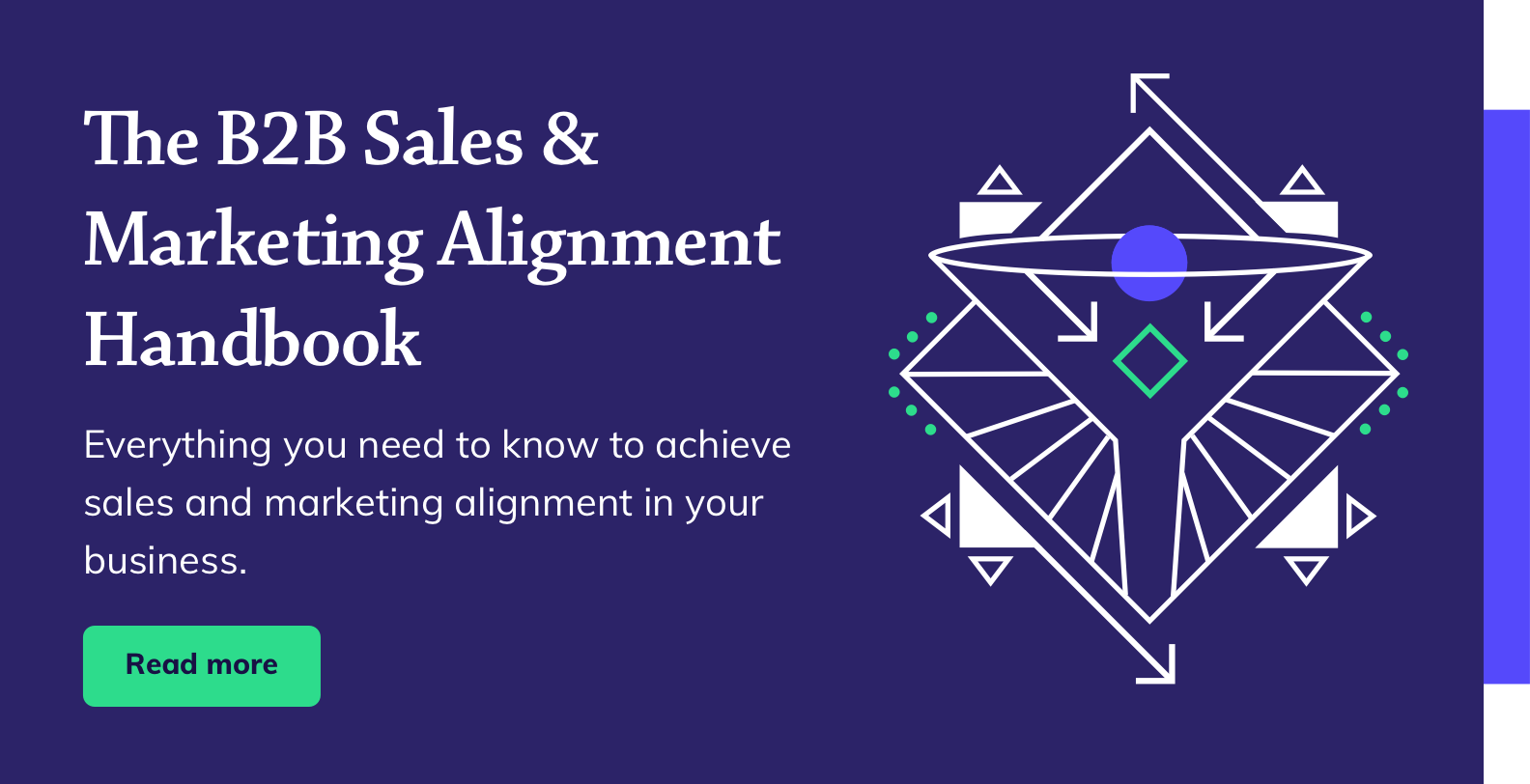Marketing automation systems, if chosen well, can streamline marketing operations, enabling smaller marketing teams to deliver better results with fewer resources.
A carefully selected, fit-for-purpose marketing automation system should provide your marketing team with all the tools they need to implement your desired marketing strategy efficiently and effectively.
Efficiency and effectiveness in marketing has benefits that transfer directly to the bottom line, meaning marketing automation systems can contribute to business growth.
No matter which marketing automation vendor is most suited to your needs, all offer some common benefits for the typical technology company.
Integrated tool set
A common feature of almost all credible marketing automation platforms is a comprehensive set of digital marketing tools that can also be integrated with other niche solutions.
In days gone by it was necessary for businesses to employ distinct, disconnected tools for things like email marketing, social media management, lead generation, live chat, website analytics and more.
This worked, to a point, but the challenges of integrating these systems and using them in concert were not insignificant.
The objective of most marketing automation platforms is to provide all the tools your marketing team needs within one system, offering several benefits.
For a start, with integrated tools provided by only one vendor you only have one bill to pay and one company to contact for support, simplifying ownership and use.
Plus, marketers no longer need to constantly log in and out of different tools to perform their role, struggle with complex integrations just to run basic campaigns, and the endless importing and exporting of data from one system to another is eliminated.
Single view of the customer
A major bottleneck in the digital marketing operations of many businesses is that constant migration of data between systems to execute and measure campaigns.
For example, to run an email campaign in one tool, a up-to-date list of subscribers might need to be exported from another. To check the ROI of the campaign, a list of conversions from a third system would need to be compared to the original. It was all very time consuming and not terribly reliable.
Adopting a marketing automation system moves you closer to having a true single view of the customer - when all data on every contact is in sync and available across multiple systems.
They do this, typically, but operating on a unified contact database. The data base can be accessed instantly by all the marketers key tools, allowing the execution and measurement of campaigns without the importing and exporting of sensitive contact data.
End-to-end analysis
Any marketer will tell you that comparing reports from multiple systems to determine marketing results is rarely easy or accurate.
By virtue of their combined marketing tools and shared databases, marketing automation systems, on the other hand, enable end-to-end analysis and reporting that is always consistent.
Typically, nearly every touchpoint with every contact can be logged. Things like page views, form submissions, email clicks, social interactions and return visits are all tracked. This enables marketers to easily interrogate specific metrics, to look across metrics to understand conversion rates and campaign performance, and event to look at the journey of an individual prospect.
Integrating analysis, from the individual contact all the way up to top line performance, enhances marketing measurability and the understanding of marketing ROI.
Sales and marketing alignment
B2B purchase research and decision making more and more happens online. Without a system capturing leads and monitoring prospect behaviour, sales people are flying blind - reacting to calls without additional intelligence and unable to take a proactive or consultative stance.
By consolidating the tools that can influence and track prospects before they contact sales, marketing automation systems create a single point of connection for an effective CRM integration.
Several marketing automation vendors offer their own CRM, of varying and complexity, with which integration will of course be seamless. But even if you use a third party CRM, creating a reliable connection with a single marketing automation system is far easier than if you were trying to connect one with the fragmented digital marketing stack that used to be the norm.
GDPR compliance
GDPR has raised the bar for organisations, demanding that they offer audiences more choices about how and when their data can be captured and used, and then honouring those choices always. Unless you can happily conduct all your business offline, technology is almost certainly necessary for compliance.
From obtaining permission to use cookies, storing lawful basis to process or communicate, capturing consent when needed, logging notice language, and more, marketing technology is really the only efficient way to achieve these goals. And, given the changing nature of what's required by GDPR across the customer lifecycle, an integrated platform that can record and update all of the critical data points when and where necessary makes achieving and demonstrating GDPR compliance far easier.
Choosing a marketing automation system
The right marketing automation system can help your marketing team to do much more with less, or help you procure agency services with greater levels of transparency, focus and confidence.
But realising these benefits is reliant upon choosing your marketing automation system carefully and correctly. Important factors to consider include making sure your chosen system fully meets the needs of your marketing strategy, and can be operated by your marketing organisation be it internal, external or both.
For a full run down of the essential considerations, read Choosing the right marketing automation platform - 5 crucial factors to consider.




